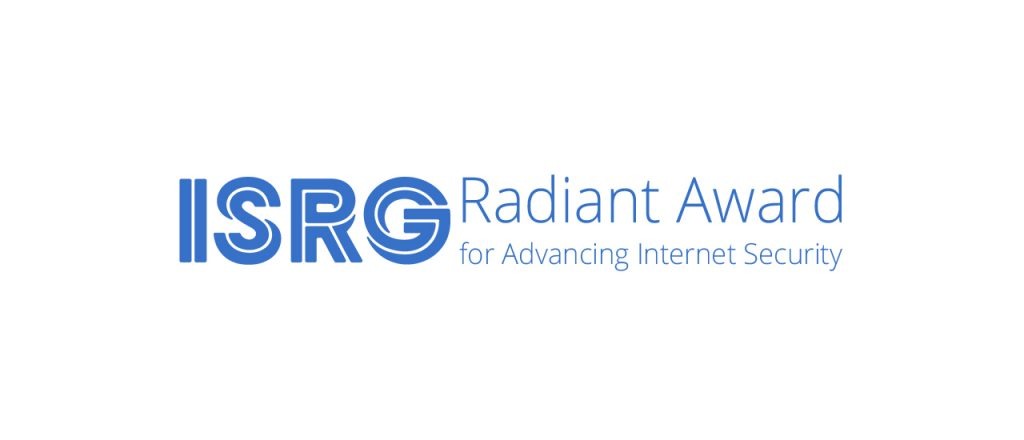It’s The Change Freeze Season

Everyone’s favorite time of the year is almost here! Is it because it’s the holiday season? Perhaps it’s the magic that happens at the end of the year? Or maybe, it’s because there’s an even better reason to get excited!
Change Freeze Season!
That’s right. Some of you reading this started jumping up and down like Buddy the Elf at the thought of having a change freeze. There’s something truly magical about laying down the law about not touching anything in the system until after the end-of-year reports are run and certified. For some, this means a total freeze of non-critical changes from the first of December all the way through the New Year until maybe even February. That’s a long time to have a frozen network? But why?
The Cold Shoulder
Change freezes are an easy thing to explain to the new admins. You simply don’t touch anything in the network during the freeze unless it’s broken. No tweaking. No experimenting. No improvements. Just critical break/fix changes only. There had better be a ticket. There should be someone yelling that something’s not right. Otherwise you’re in for it.
There are a ton of reasons for this. The first is Continue reading

 “Nobody gets to keep a lock on cloud computing,” Wasabi CEO David Friend said. “As much as Amazon would like to, it’s going to be a multi-cloud world.”
“Nobody gets to keep a lock on cloud computing,” Wasabi CEO David Friend said. “As much as Amazon would like to, it’s going to be a multi-cloud world.” Enterprise network architectures are being reshaped using tenets popularized by the major cloud properties. This podcast explores this evolution and looks at the ways that real-time streaming telemetry, machine learning, and artificial intelligence affect how networks are designed and operated.
Enterprise network architectures are being reshaped using tenets popularized by the major cloud properties. This podcast explores this evolution and looks at the ways that real-time streaming telemetry, machine learning, and artificial intelligence affect how networks are designed and operated. In working with the ONF, Comcast is breaking with a long cable tradition of not sharing technology and innovation ideas with competitors.
In working with the ONF, Comcast is breaking with a long cable tradition of not sharing technology and innovation ideas with competitors. The Linux Foundation project OpenChain is developing an overarching standard for creating a quality compliance program that companies can apply across the supply chain.
The Linux Foundation project OpenChain is developing an overarching standard for creating a quality compliance program that companies can apply across the supply chain. The company has a similar product for Microsoft Azure that is slated to enter beta next year. Google Cloud is on the roadmap for future support.
The company has a similar product for Microsoft Azure that is slated to enter beta next year. Google Cloud is on the roadmap for future support.
 We are proud to have enabled this award. Let me explain why.
We are proud to have enabled this award. Let me explain why.